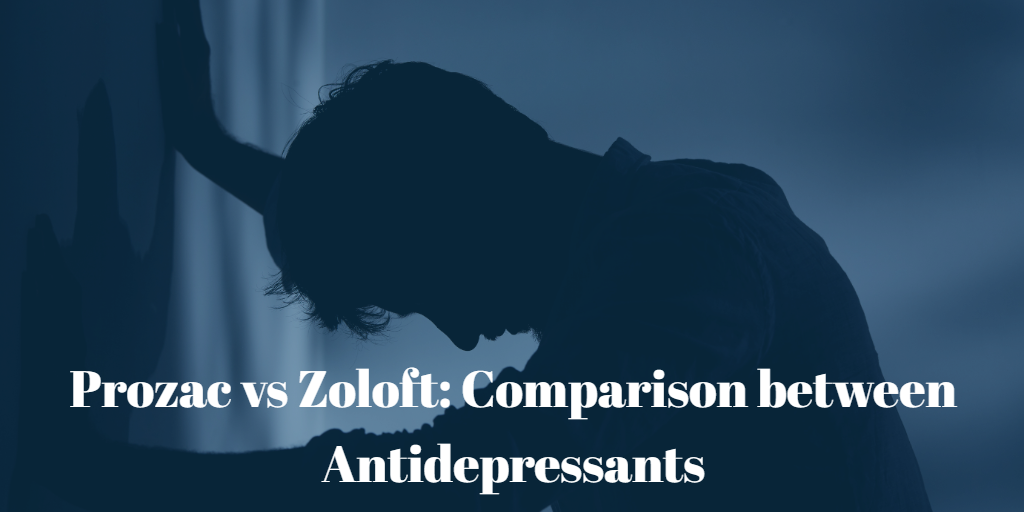Azathioprine is classified under immunosuppressive drugs. It has been categorized under immunosuppressive metabolites. It is the very first among immunosuppressive agents which are used in organ transplantation extensively to prevent rejection reactions after transplant (especially used after kidney transplant). As the name suggests, it thwarts organ rejection after transplantation by suppressing the immune system of the body.
Azathioprine mechanism of action
The enzymes hypoxanthine-guanine phosphoribosyltransferase (HPRT) and thiopurine methyltransferase (TPMT) convert azathioprine to its active metabolites, mercaptopurine (6-MP) and thioguanine (6-TGN). So, Azathioprine is an analogue of purine. It works by inhibiting purine synthesis. The metabolites of Azathioprine bind to the replicating DNA and prevent division. Most of the immunosuppressive and toxic effects of azathioprine may be mediated by its metabolites.
Azathioprine Administration and dosage
Azathioprine can be administered into the body via intravenous (IV) or oral routes. The usual initial dose of Azathioprine is 2mg – 2.5mg per kg per day. Dose adjustment of Azathioprine is necessary for those suffering from hepatic or renal disorders. To reduce gastrointestinal side effects of Azathioprine, tablets may be ingested after taking meals.
Azathioprine Indications
Following are some indications for use of Azathioprine:
FDA approved uses of Azathioprine
- Rheumatoid arthritis (FDA has approved the drug for symptomatic treatment of disease)
- For adjunctive therapy to prevent Kidney transplant rejection
Off-label uses of Azathioprine
- Inflammatory bowel disease
- Lupus Nephritis
- Multiple Sclerosis
- Myasthenia Gravis
- Dermatomytosis
- Recurrent Pericarditis
- Severe refractory atopic dermatitis
- Refractory Atopic Dermatitis
- Erythema multiforme
- Chronic actinic dermatitis
- Pyoderma gangrenosum
- Cutaneous vasculitis
- Pemphigus Vulgaris
- Pityriasis Rubra pilaris
- Bechet disease
- Lichen planus
- Bullous pemphigoid
- Chron disease
- Autoimmune hepatitis
- Relapsing Polychondritis
- Psoriasis
- Chronic immune thrombocytopenic purpura
Azathioprine toxicity
Acute toxicity occurs when the patient takes more than 1.5 times the daily dose. Azathioprine toxicity symptoms include
- Bradycardia (decreased heart rate)
- GI (gastrointestinal) symptoms
- Myelosuppression
- Hepatotoxicity
Treatment of Azathioprine toxicity / Azathioprine anti-dote
Treatment of acute azathioprine toxicity
There is no specific antidote available for Azathioprine toxicity. Within two hours of consumption, activated charcoal can be used to alleviate acute toxicity symptoms.
Treatment of severe azathioprine toxicity
As azathioprine is dialyzable, so dialysis is allowed in case of severe toxicity of the drug.
When to stop treatment with azathioprine?
Treatment should be stopped in case of
- Severe Leukopenia
- Severe Thrombocytopenia

Azathioprine contraindications
We need to consider AzathiAzathioprine is contraindicated in pregnancy, breastfeeding, known malignancy, and clinically active infection. The drug should not be administered when the patient is hypersensitive to it.
Drug Interactions of Azathioprine
Azathioprine is known to show interactions with allopurinol (a drug used in the treatment of gout). Allopurinol has been known to reduce the metabolism of Azathioprine thus increasing its serum concentration. So patients receiving concomitant treatment with allopurinol and Azathioprine must be monitored carefully. It is suggested to reduce the dose of Azathioprine up to 60-75% if given with allopurinol.
Azathioprine should be avoided in patients who are on or have a history of usage of cyclophosphamide or chlorambucil.
Use of Azathioprine with cotrimoxazole or ACE-inhibitors (Angiotensin-converting enzyme inhibitors) may result in exaggerated leukopenia response in patients with a kidney transplant.
Is Azathioprine safe in pregnancy?
Contraception is advised.
Risks associated with the use of Azathioprine in pregnancy are given below:
- Spontaneous miscarriage
- Premature delivery
- Low birth weight
Despite the fact, data from patients with systemic lupus erythematosus (SLE) and kidney transplant patients demonstrated that it was safe to use during pregnancy. In some situations, such as SLE and antiphospholipid antibody syndrome, the benefits of immunosuppressive drugs outweigh the risks in terms of keeping the mother safe.
Side effects of Azathioprine
Majority of patients almost 70% can take the drug without any significant side effects. However, the most common side effects associated with the drug are given below:
- Nausea
- Loss of appetite
- Rash
- Hair loss
- Acute abdominal pain
- Inflammation of pancreases
- Inflammation of liver
- Fatigue
- Blood in urine
- Mouth sores or ulcers
- Blood in stool
- Development of some kinds of tumors upon long-term use.

Is Azathioprine a steroid?
Azathioprine is a thiopurine. Azathioprine can be useful as an oral steroid-sparing medication. As long term use of steroids especially in asthmatic patients poses side effects. So, azathioprine is used as a steroid-sparing agent, which allows the use of minimal steroid doses and eventually stopping their use.
Does Azathioprine make your weight gain?
NO, Azathioprine is not associated with weight gain. Rather, weight loss has been reported as one of the less common side effects connected with the use of this drug.
Why is azathioprine bad for you?
Azathioprine can have side effects on your liver, bone marrow, or kidney. Before you start taking this drug, it is necessary to get the following tests done
- Liver function
- Renal function
- Blood count
For as long as you’re taking this medicine, you’ll need to be monitored regularly.
Azathioprine common brand names
Commonly used brands of Azathioprine are
- Imuran
- Azathioprine
- Imurel
- Imurek
- Azanin
- Azamun
- Azasan
References
Lippincott’s illustrated reviews 4th edition


